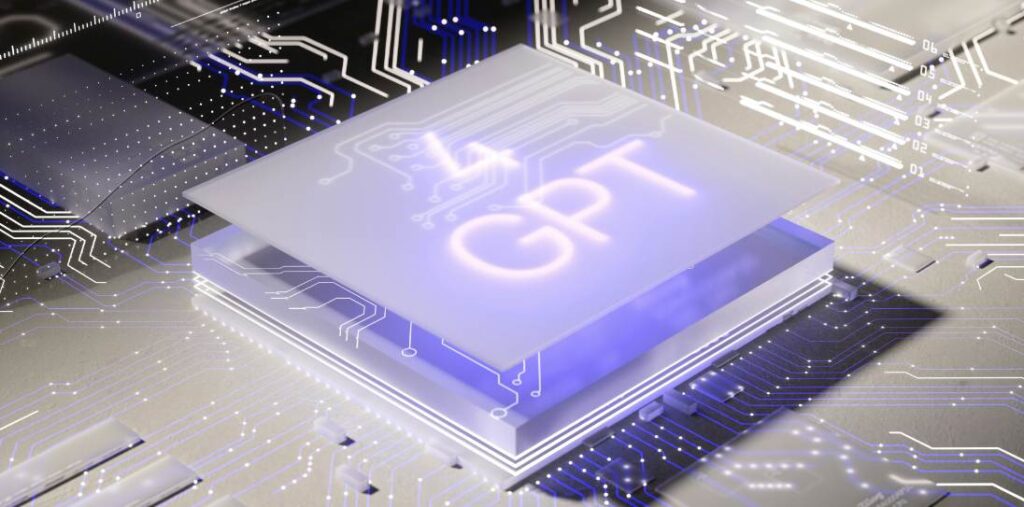Artificial Intelligence (AI) continues to transform various sectors by offering innovative solutions that address modern challenges. As we delve into the latest advancements as of October 2023, three primary themes emerge: Trust and Privacy, AI in Incident Response, and Sensor Perception Optimization. These areas are critical to the ongoing discussions regarding the ethical use of AI technology, its application in critical situations, and the enhancement of existing sensor technologies.
.
### Trust and Privacy: A Growing Concern
One of the most pressing issues in AI development revolves around trust and privacy. The implementation of AI technologies raises significant concerns regarding data security, user consent, and algorithmic transparency. Stakeholders from various sectors, including technology, law, and social ethics, emphasize the importance of building trustworthy systems that respect individual privacy.
.
In 2023, global movements towards enhanced regulation of AI have taken shape with the introduction of the European Union’s AI Act. This legislation aims to create a legal framework that addresses risks associated with AI applications, ensuring that user privacy is maintained. The act categorizes AI systems into different risk levels, demanding more stringent requirements for high-risk applications, which could include facial recognition and biometric data processing.
.
Privacy-preserving techniques, such as differential privacy and federated learning, have become focal points in ongoing research. These technologies allow machine learning models to learn from vast datasets while ensuring that individual user data remains confidential. Notably, many tech companies are investing heavily in these methods to foster user confidence in AI technologies. For instance, Apple and Google have launched initiatives to implement federated learning across many of their services, demonstrating their commitment to preserving user privacy.
.
Moreover, the rise of privacy-centric AI applications has spurred the development of robust frameworks for AI governance. Leading organizations are now working on creating comprehensive guidelines that promote ethical AI use. This shift aims to enhance the accountability of AI systems and ensure that the algorithms developed are not only efficient but also fair and transparent. Both consumers and businesses alike are calling for greater transparency in AI decision-making processes, which has led to increased scrutiny and demand for clear documentation of AI models and their outcomes.
.
### AI in Incident Response: Enhancing Cybersecurity
As cyber threats continue to evolve, organizations are increasingly turning to AI to bolster their incident response capabilities. Recent developments in AI-driven cybersecurity highlight its immense potential for detecting, responding to, and mitigating threats.
.
In late 2023, several cybersecurity firms showcased AI solutions that leverage machine learning to detect unusual patterns and behavior indicative of cyber-attacks. These systems are designed to analyze vast amounts of data in real time, significantly reducing response times to threats. For example, companies like Darktrace and CrowdStrike have introduced AI algorithms that can autonomously respond to potential incidents, minimizing the damage caused by breaches.
.
AI’s potential for predictive analytics in cybersecurity is another exciting area of development. By utilizing historical data, machine learning models can identify and predict future attacks, allowing organizations to take preemptive measures. This has proven invaluable for sectors such as finance and healthcare, where data breaches can have severe consequences. Security vendors are now integrating AI capabilities into their platforms to enhance threat intelligence and risk assessment, enabling organizations to stay ahead of potential cyber threats.
.
Collaboration is also a key factor driving advancements in AI for incident response. Public-private partnerships are increasingly being leveraged to share threat intelligence and best practices. In a recent collaboration between the U.S. government and tech giants, a consortium was formed to develop AI tools tailored for identifying and countering relevant cyber threats. This collaboration aims not only to improve detection capabilities but also to build resilient systems that can adapt to evolving threat landscapes.
.
However, the rise of AI in incident response is not without challenges. Ethical considerations regarding the deployment of AI in cybersecurity must be addressed. Issues such as false positives, the potential for bias in decision-making, and the unintended consequences of automated systems are areas of concern. Researchers continue to call for a balanced approach that integrates human expertise with AI technology, ensuring that human oversight remains a critical component of incident response strategies.
.
### Sensor Perception Optimization: Revolutionizing Data Collection
As industries increasingly adopt AI technologies, sensor perception optimization has emerged as a noteworthy development. This area involves improving the accuracy and efficiency of sensor data collection and interpretation, which is vital for many applications, including autonomous vehicles, smart cities, and IoT devices.
.
Recent advancements in sensor technology have led to significant breakthroughs in perception optimization. For instance, researchers have developed new algorithms that allow sensors to adapt their performance based on real-time environmental conditions. This enables more reliable data collection under varying circumstances, such as poor weather or complex urban environments. In particular, deep learning models have demonstrated their ability to enhance image processing, allowing sensors to better understand and interpret their surroundings.
.
In autonomous driving, sensor fusion techniques have gained traction, combining data from multiple sensor sources, such as LiDAR, radar, and cameras. This approach provides a more comprehensive understanding of the vehicle’s environment, crucial for safe navigation. In 2023, automotive manufacturers reported significant improvements in the reliability of autonomous systems, driven by enhanced sensor perception capabilities. By employing AI-driven algorithms, vehicles can better recognize pedestrians, road signs, and obstacles, resulting in safer driving experiences.
.
Similarly, smart city initiatives are utilizing sensor perception optimization to improve urban planning and resource management. AI-driven analytics can process data from various sensors across a city, offering insights into traffic patterns, air quality, and energy consumption. By optimizing sensor data, city planners can make informed decisions that enhance sustainability, improve public safety, and allocate resources more effectively.
.
Nonetheless, the shift towards enhanced sensor perception optimization raises questions about data privacy and security. As sensors become more ubiquitous, the collection and processing of personal data from citizens must be meticulously managed. Regulations similar to the GDPR in Europe are expected to be adopted globally to ensure that individuals’ rights are protected in this data-driven landscape. In parallel, developers are exploring privacy-preserving approaches to sensor data collection, such as edge computing, which allows data to be processed closer to its source rather than being transmitted to centralized servers.
.
### Conclusion: The Future of AI
As we navigate the changing landscape of artificial intelligence, the themes of trust and privacy, incident response, and sensor perception optimization present compelling opportunities and challenges. Stakeholders are beginning to recognize the importance of ethical frameworks and responsible application in all aspects of AI, especially given the profound impact these technologies have on society.
.
The advancements in AI are both fascinating and complex, requiring continuous dialogue among technologists, policymakers, and the public to ensure that innovation serves humanity’s best interests. The developments of 2023 underscore the need for a balanced approach, marrying technological advancements with ethical considerations, paving the way for a responsible and trustworthy AI ecosystem.
.
Sources:
1. European Commission. (2023). The AI Act: European Regulation on AI.
2. CrowdStrike. (2023). AI-Driven Cybersecurity Solutions.
3. Darktrace. (2023). Autonomous Response Technologies.
4. Automotive News. (2023). Advances in Sensor Fusion Technology.
5. Smart Cities World. (2023). The Role of AI in Urban Planning and Resource Management.




























